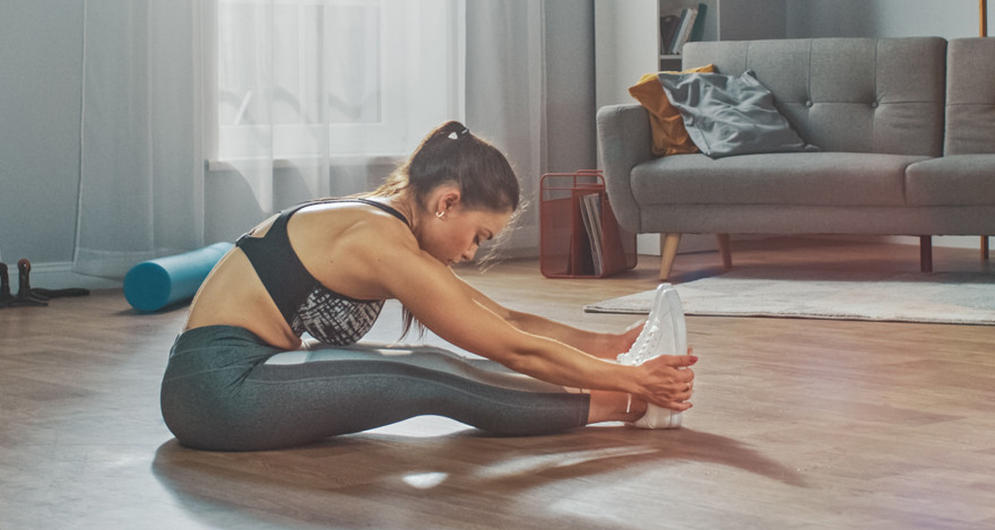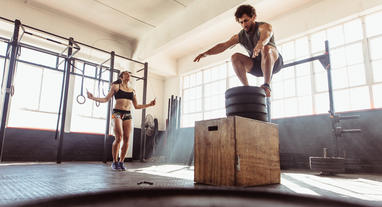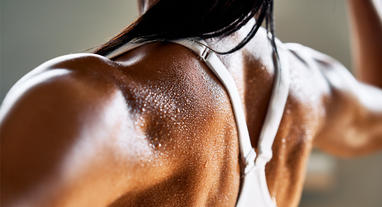Ouch, cramps!

You undoubtedly know it; from total relaxation to massive muscle cramps within seconds. It is an annoying interruption of your (night) rest or sports flow. But what exactly is cramp and how can you reduce the risk of cramps? Do yourself a favor by reading the text below, because prevention is better than cure!
What is cramping?
Muscle spasm (or cramp ) is the involuntary violent contraction of muscle fibers that no longer let go of each other by themselves. You have no control over this. The muscle feels hard and tense, resulting in pain. It is temporarily impossible to use the muscle that is under such tension.
Where can you get cramps?
Cramps usually occur in muscle groups that have less blood, such as your hands and feet. Muscle groups that are heavily loaded are also vulnerable to muscle cramps. Think of your calves.
Fatigue, dehydration, stress and/or (as mentioned earlier) poor circulation also increase the risk of muscle cramps.
The role of magnesium, potassium and calcium
The electrolytes magnesium, potassium and calcium are good for the muscles. In addition, magnesium contributes to normal protein synthesis and muscle function and plays a role in certain brain and nerve functions. It also helps to maintain the normal balance in the water and mineral balance of the body.
Examples of nutrients that contain a lot of magnesium are spinach, green beans, bananas, eggs, soy products and water. Potassium and calcium are mainly found in vegetables, fruit, potatoes, meat, fish, nuts and dairy products.
Tips & tricks
It is important to slowly stretch the muscle when cramps have occurred. This promotes blood circulation and is not entirely unimportant; the pain decreases. Massage of the cramped muscle can also improve blood flow. Also try to drink water immediately.
Last but not least: when you exercise, ensure a good warm-up to promote blood flow and a good cool down to improve the elimination of waste products.
Good luck (and strength)!




